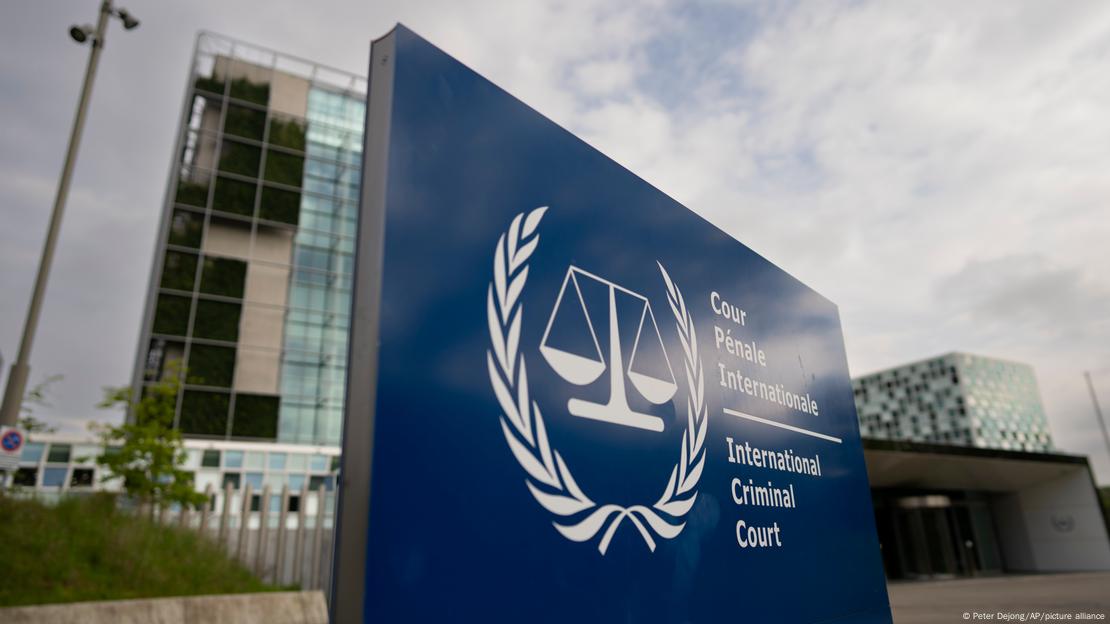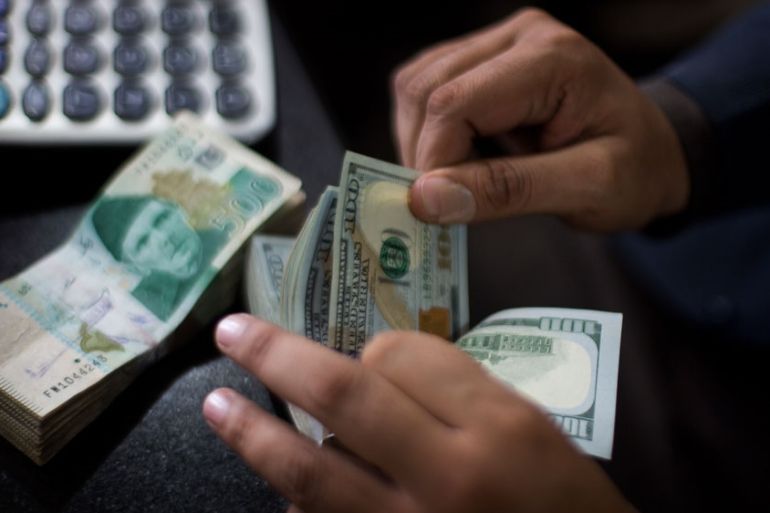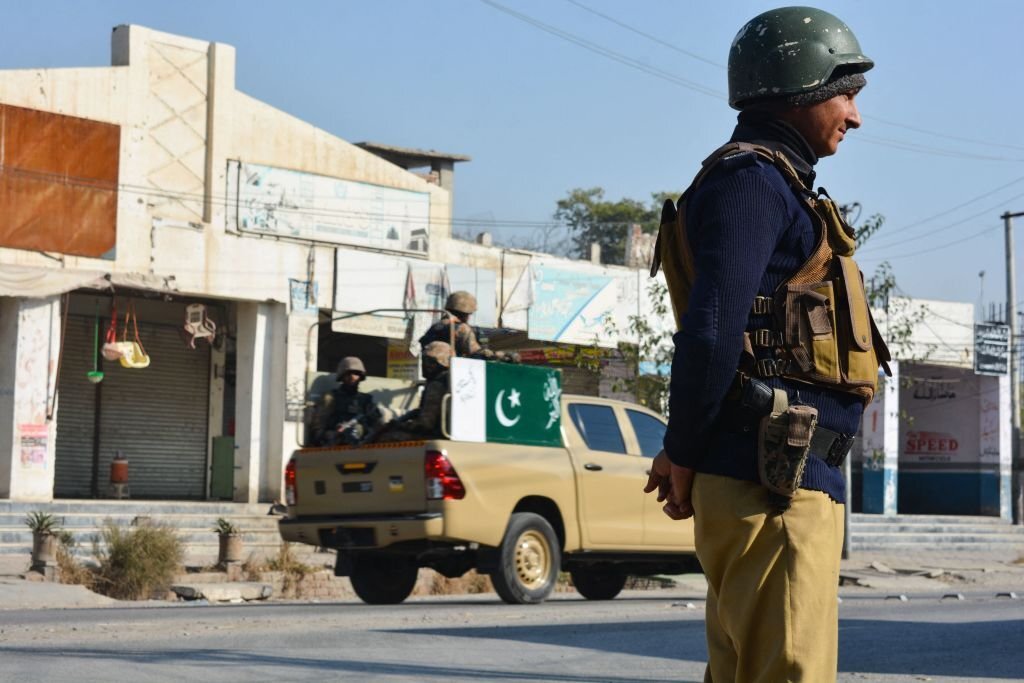wasiqjaved
Chief Minister (5k+ posts)
Evolution of the Pakistani Passport: From World's Best to World's Worst
The evolution of the Pakistani passport over the decades reflects significant socio-political changes and varying diplomatic relationships. Initially offering extensive visa-free access globally, the strength of the Pakistani passport has experienced fluctuations due to shifting global policies, internal political changes, and evolving security concerns. From the liberal travel freedoms of the mid-20th century to the restrictive visa requirements imposed by many countries today, this discussion explores the changes in passport design, the inclusion and exclusion of language elements, and the implications of geopolitical events such as military coups and legislative reforms. The conversation also delves into the passport's recent adaptations, like the specific versions issued to dual-nationals in Europe and the potential universal adoption of these changes. This narrative encapsulates not only the physical evolution of the passport but also Pakistan's changing role on the world stage, influenced by both internal dynamics and external perceptions.First Pakistani Passport : Issued in late 1947, the cover of Pakistan’s first passport is largely beige in colour and only partially green, with 3 different languages - English, Bengali and Urdu. Pakistanis did not require pre-arrival visas and could get visas-on-arrival in any country they wished to travel, including India.

Bengali Text Removed : In 1954, the Pakistani passport underwent a color change from beige to green, retaining the two flags on the cover but now including the holder's name. During this period, due to political tensions within Pakistan, the government implemented the One Unit scheme. This policy grouped the diverse regions of West Pakistan into a single province and treated the Bengali-majority East Pakistan as another. Consequently, the passports from West Pakistan featured text in English and Urdu, while those from East Pakistan included English and Bengali. Although this distinction was eventually removed, other passport details like the holder's name, photo, address, profession, and marital status remained unchanged.
Despite strained relationships with certain countries like Israel, the Soviet Union, and Afghanistan, Pakistanis could still receive on-arrival visas in most other countries. Interestingly, even after the Indo-Pakistani War of 1948, India and Pakistan continued to issue on-arrival visas to each other, demonstrating a complex interplay of diplomacy and conflict.

Pakistani passport during Ayub's era : The dark green Pakistani passport was used until 1960. In 1956, Pakistan was declared an Islamic Republic with the country's first constitution, authored by the Constituent Assembly. The passports were supposed to bear the name 'Islamic Republic of Pakistan' starting in 1958, but political upheaval prevented this. That year, President Iskander Mirza and Army Chief Ayub Khan imposed martial law, suspending the constitution. Ayub Khan overthrew Mirza within 20 days and later, in 1959, renamed the country to the Republic of Pakistan.
The first passport issued under Ayub Khan's regime appeared in 1960, featuring a light green cover, which reflected the regime's moderate and modernist interpretation of Islam. This passport only included text in English and Urdu, removed the flags and the Bengali translation that had briefly reappeared in the late 1950s. The internal contents of the passport remained unchanged.
During this time, Pakistani citizens could receive on-arrival visas from all countries except the Soviet Union, Eastern European communist countries, and Israel. However, Afghanistan started offering on-arrival visas to Pakistanis, and China was the only communist country allowing the same. The on-arrival visa policy between India and Pakistan continued despite their previous conflicts.

The Ayub regime had to issue new passports following criticism : In 1967, the Pakistani passport's color was reverted to dark green amid political and economic turmoil following the 1965 Pakistan-India war and a weakening economy. The passport once again included Bengali text, reflecting ongoing tensions with Bengali nationalists in East Pakistan. Despite these changes, the internal contents of the passport remained consistent with previous versions.
However, in response to the geopolitical climate, the on-arrival visa policies with India were abolished in 1965. By 1974, following the secession of East Pakistan to become Bangladesh in 1971, the passport changed to a bluish-green color and stopped featuring Bengali text once East Pakistan's secession was formally recognized by Pakistan in 1974.
The passport underwent another significant change when Zulfikar Ali Bhutto's government took power in 1973 and passed Pakistan's third constitution, which rebranded the country as the Islamic Republic of Pakistan, although this new name was not reflected on the passports. The passport's contents were slightly modified to include the color of the holder's eyes.
Pakistani passports continued to use Bengali text till the country finally recognised Bangladesh in 1974.
Regarding visa policies, the U.S. ended on-arrival visas for Pakistanis starting from 1970, while the Soviet Union and other communist countries began to relax their visa restrictions somewhat. Pakistanis continued to enjoy on-arrival visa privileges in most other countries despite these changes.

The new passport came with a new disclaimer : In 1974, the Pakistani passport included a disclaimer prohibiting its use for travel to Israel and South Africa, reflecting political stances against Israel and the apartheid regime in South Africa at that time.
By 1979, the layout of the passport had minor adjustments with "Pakistan passport" in Urdu moved to the top and the English translation pushed to the bottom. Despite the overthrow of the Bhutto regime by General Zia ul Haq in a military coup in July 1977, the passports still did not display the name "Islamic Republic of Pakistan," and the internal content remained consistent with the 1974 format.
The on-arrival visa policies between Pakistan and Afghanistan, briefly revived, were abolished again due to the communist revolution in Afghanistan in 1978 and the subsequent Soviet invasion in 1979.
Apart from communist countries (except China) and the U.S., Pakistani citizens continued to enjoy the facility of on-arrival visas in most other countries during this period.


During Zia's time, the Pakistani passport had an Arabic text in it as well : In 1984, significant changes were made to the Pakistani passport under the leadership of General Zia ul Haq, aligning with his Islamisation initiatives. The official name "Islamic Republic of Pakistan," adopted in 1973, was included on passports for the first time. Additionally, the word "Passport" was displayed in English, Urdu, and Arabic, reflecting increased ties with the Arabic-speaking Gulf states, where many Pakistanis were seeking employment.
The internal content of the passport also saw new additions. A section was added requiring holders to declare their faith and affirm they were not members of the Ahmadiyya community, following further restrictions imposed on this community by an ordinance in 1984.
During this period, the UK and other major European countries ceased providing on-arrival visas to Pakistanis. The on-arrival visa policies with Gulf states like the UAE, Qatar, Oman, Kuwait, and Saudi Arabia were also tightened, requiring pre-arrival visas. Meanwhile, on-arrival visa arrangements with China remained unaffected, highlighting its distinct diplomatic stance compared to other communist countries and the Soviet Union, where obtaining visas was still challenging for Pakistanis.

The Pakistani passport today : In the early 1990s, following the end of General Zia ul Haq's regime, the Pakistani passport underwent another design change. The green color of the passport became slightly lighter, and the layout of the text was adjusted with the English words "Islamic Republic of Pakistan" moved to the top and the Urdu text pushed down. The Arabic text was removed from the passport, however, the sections requiring the holder to declare their faith and to denounce the Ahmadiyya community remained.
These features of the passport have persisted to the present day, despite an attempt during Pervez Musharraf's regime (1999-2008) to revert the name on the passport to "Republic of Pakistan," which was thwarted by protests from religious parties.
Post-9/11, the rise in religious militancy led many countries to cease offering on-arrival visa facilities to Pakistani passport holders. Even China, which had previously provided on-arrival visas, shifted to requiring pre-arrival visas for Pakistanis. Currently, only 29 countries, primarily in Africa, offer on-arrival visas to Pakistani nationals.
According to the 2016 Henley and Partners Visa Restrictions Report, the value of the Pakistani passport has significantly declined over the last two decades, making it one of the least valuable passports globally.

Some Pakistani embassies in European countries have started giving out this passport to dual-nationals. It says Islamic Republic in Urdu only : As of 2016, Pakistani embassies in some European countries have started issuing passports to dual-nationals with "Pakistan" written in English and "Islamic Republic of Pakistan" in Urdu only. This change in passport cover design may potentially be implemented for all Pakistani passports in the future.

The following table provides a chronological overview of the Pakistani passport's visa-free access from 1980's and beyond. It illustrates the fluctuations in travel freedom afforded to Pakistani passport holders, reflecting various geopolitical and administrative changes over time. The table highlights key moments, such as the initial broad visa-free access, the impact of global events like the 9/11 attacks, and more recent improvements in passport strength. Each entry in the table corresponds to a specific time period and describes the level of visa-free access available, along with pertinent details that contextualize the changes in passport policies, such as political shifts, international relations, and changes in global security measures. This summary serves to elucidate the trends and factors influencing the mobility of Pakistani citizens across different eras.
| Year | Visa-Free Access | Details |
|---|---|---|
| Before 1980s | High | Initially, Pakistani passports enjoyed broad visa-free access, reflecting fewer global travel restrictions and different geopolitical circumstances. |
| 1980s | Decreasing | Geopolitical changes began to impact the strength of the Pakistani passport, resulting in increased visa restrictions. |
| 2000s | Further restrictions | Post-9/11 security measures globally led to tighter visa requirements for many countries, including Pakistan. |
| 2016 | Low | Ranked among the lowest for global travel freedom, reflecting ongoing security and diplomatic challenges. |
| 2019 | Slight improvement | A minor improvement in ranking but remained in the bottom tier of global passports. |
| 2021 | Low | Continued to rank as one of the worst passports globally, indicating very limited visa-free access. |
| 2023 | Very low | Ranked as the fourth worst globally, with visa-free access to just 33 destinations (The News International). |
| 2024 | Slight increase | Access to 52 countries either visa-free or visa-on-arrival, showing a slight improvement in the passport's strength (Embassies.net). |
As of today, Pakistani passport currently ranks among the worst in global passport strength, offering visa-free or visa-on-arrival access to a relatively limited number of countries. It stands at 103rd and with only 34 visa-free destinations or visa-on-arrival access to a limited number of countries, the passport's mobility power remains constrained, impacting the global travel opportunities for its holders. No muslim country provide visa-free access to Pakistani passport holders, however only SIX muslim countries provide 'Visa on Arrival' facility - Maldives, Djibouti, Comoro Islands, Mauritania, Somalia and Qatar. "Brotherly" Islamic countries like Saudi Arabia, UAE, Türkiye, Malaysia, etc. require Pakistani citizens to acquire visas before travelling. Similarly, the whole of North America, South America, Europe and Oceanic region countries are visa-required destinations for Pakistani citizens.

by: wasiqjaved
Credits:
- Henley & Partners
- Nadeem F. Paracha (Dawn News)
- Featured Thumbs
- https://i.dawn.com/primary/2016/09/57da4dd15d8a9.jpg

































